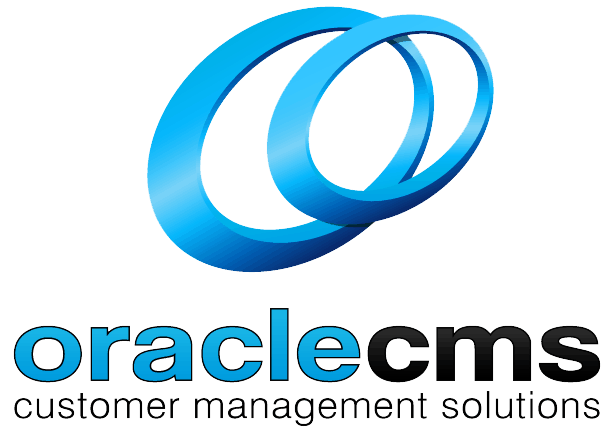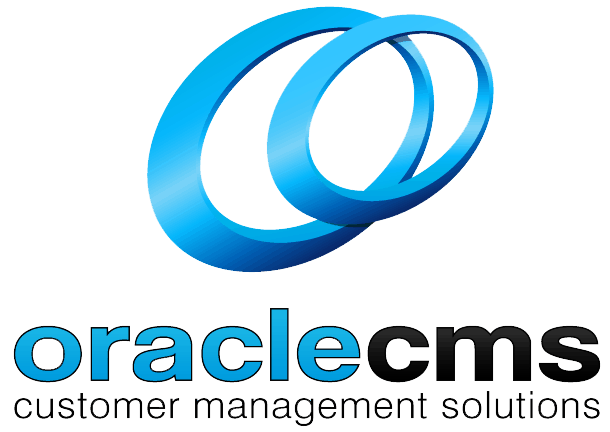What is Speech-to-Text Technology?
Speech-to-text technology, also known as voice recognition or speech recognition, processes audio input from phone calls or other voice channels and translates it into text.
It works by analysing the sound waves of speech, identifying phonetic patterns, and matching them against language models to generate accurate transcriptions.
In a contact centre environment, speech-to-text can be applied in several ways:
- Call transcription: Creating a full written record of customer interactions for quality assurance, compliance, and training.
- Real-time captions: Providing live, on-screen text for agents or customers, particularly in accessibility use cases.
- Integration with analytics tools: Feeding transcribed text into speech analytics software to detect sentiment, key phrases, or compliance triggers.
Modern speech-to-text systems often use machine learning to improve accuracy over time, adapting to industry-specific terminology, accents, and languages.
They may also integrate with CRM platforms so that transcripts are linked to customer records, allowing for quick reference in future interactions.
In customer service and call centre operations, speech-to-text technology helps:
- Reduce the need for manual note-taking during calls.
- Improve compliance by maintaining complete, searchable call records.
- Enhance training by providing real examples of customer interactions.
- Support multilingual service environments through translation tools linked to transcripts.
Why Speech-to-Text Technology Matters
Speech-to-text technology increases efficiency, accuracy, and insight in contact centres by turning spoken interactions into actionable data.
It enables better record-keeping, faster information retrieval, and more informed decision-making.
Related Terms:
- Speech Analytics
- Voice Recognition
- Natural Language Processing (NLP)
- Call Recording
- Customer Interaction Analytics


